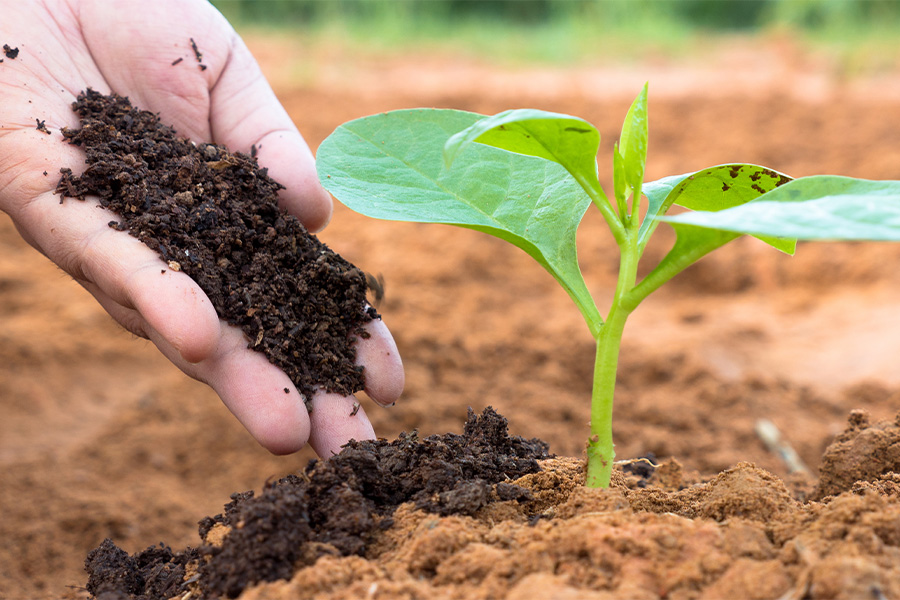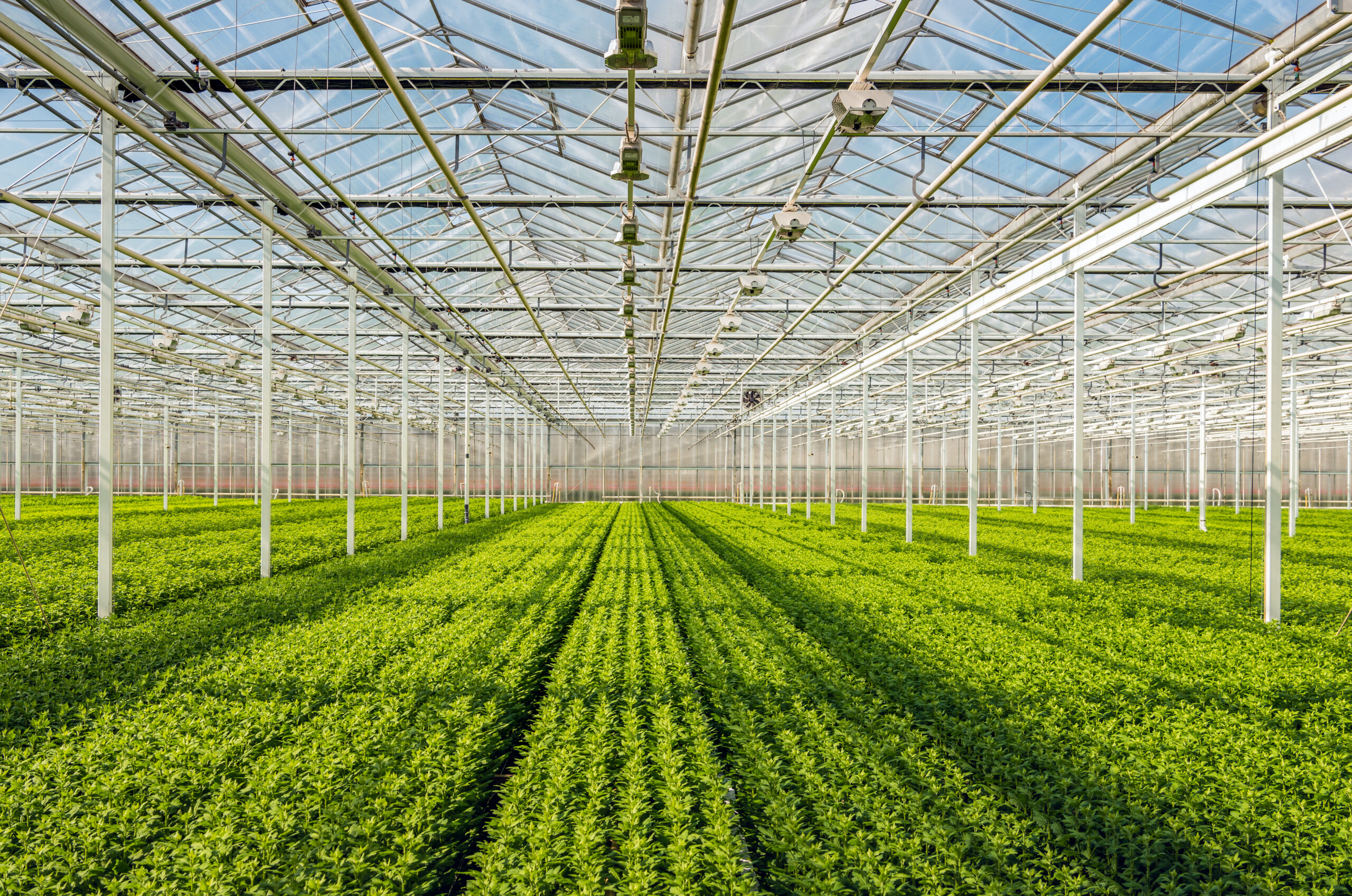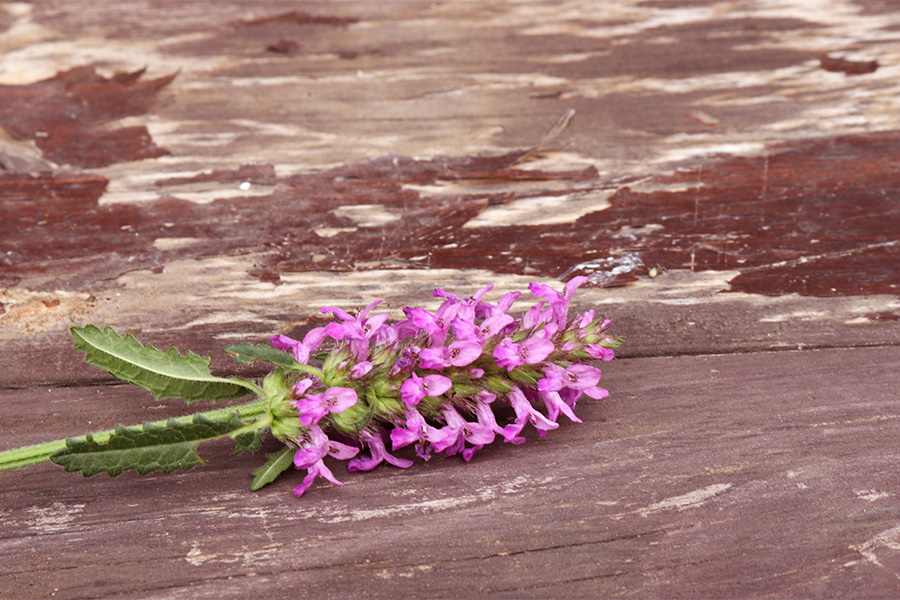Horticulture
-

Many farmers and gardeners use natural minerals and organic fertilizers rather than synthetic ones to build their soil. If you use organic materials as all or part of your fertilization program, this publication will help you calculate the proper amount to use from the recommendations provided by a soil test.
Walter F. Reeves, Julia W. Gaskin, David E. Kissel Ph.D, George E. Boyhan, Wayne J. McLaurin, and Glendon H. Harris
|
-

B 1031
Shade and Street Tree Care
With proper care, trees can be valuable commodities around our homes, communities and urban landscapes. Providing care requires understanding tree biology, or how and why trees function. Trees constantly interact with the environment, including changes in soil, light, temperature, moisture, competitors and pests. Humans can produce additional stress by altering environments, but with proper care and maintenance trees can survive and thrive in your landscape.
Kim D. Coder and Timothy Daly
|
-

C 867-2
Controlling Greenbrier
Greenbrier (Smilax spp.) is a difficult vine to control in the landscape. Also known as Catbrier, Cat Sawbrier and Sarsaparilla vine, once this climbing vine develops an extensive underground rhizome tuber system, it is difficult to control. This publication describes successful control methods.
Mark Czarnota
|
-

This publication contains a report of research trials done on vegetable crops in Georgia in 2013.
Ronald D. Gitaitis, David B. Langston, Julia W. Gaskin, Juan Carlos Diaz-Perez, David G Riley, Floyd Hunt Sanders, George E. Boyhan, Elizabeth L. Little, Esendugue Greg Fonsah, Alton N Sparks, Cliff M Riner, Michael James Foster, Ryan McNeill, Timothy Coolong, Shavannor M. Smith, Rajagopalbabu (Babu) Srinivasan, Justin David Lanier, Eddie Beasley, C Ed Troxell, Stanley K. Diffie, Suzzanne Tate, and Pingsheng Ji
|
-

This publication is a report of 2011-2012 onion research variety trials and Extension activity at the University of Georgia College of Agricultural and Environmental Sciences.
Ronald D. Gitaitis, Reid Larry Torrance, Cliff M Riner, Daniel D MacLean, Jason D. Edenfield, Michael A. Dollar, Anthony G. Bateman, Denny R. Thigpen, and C. Randy Hill
|
-

This is an in-depth publication covering Culture and Varieties,
Soils and Fertility, Irrigation, Sprayers, Diseases, Insect Management, Weed Control, Food Safety and Sanitation, Harvest/Post-Harvest and Waste Management, Marketing, Production Costs, and Organic Production of commercial snap bean production in Georgia.David B. Langston, Kerry A. Harrison, Paul E. Sumner, George E. Boyhan, Stanley Culpepper, Esendugue Greg Fonsah, Gary L. Hawkins, Alton N Sparks, Changying Li, Daniel D MacLean, and William C. Hurst
|
-

Many pesticides require the addition of an adjuvant, and some do not. When applying fungicides, insecticides or herbicides without a recommended adjuvant, 30 percent to 50 percent reduction in pest control can be expected. Adjuvants may cause damage to a plant if the wrong adjuvant is used or if it is used at too high a concentration. Using the correct adjuvant on a greenhouse crop is a critical decision. This bulletin is intended to describe how adjuvants differ and what adjuvants are best to use.
Paul A. Thomas and Mark Czarnota
|
-

Florida betony is a “winter” perennial and has a square stem with opposite leaves. Florida betony (also called rattlesnake weed and hedge nettle) is a problem weed in both turfgrasses and ornamentals.
Mark Czarnota
|
-

The 13 topics covered in this publication are all integral parts of a successful carrot management program. Each topic is designed to focus on a particular aspect of production and provide the latest management technology for that phase of production. It is hoped that the information contained in this publication will assist growers in improving profitability in carrot production.
Ted McAvoy
|